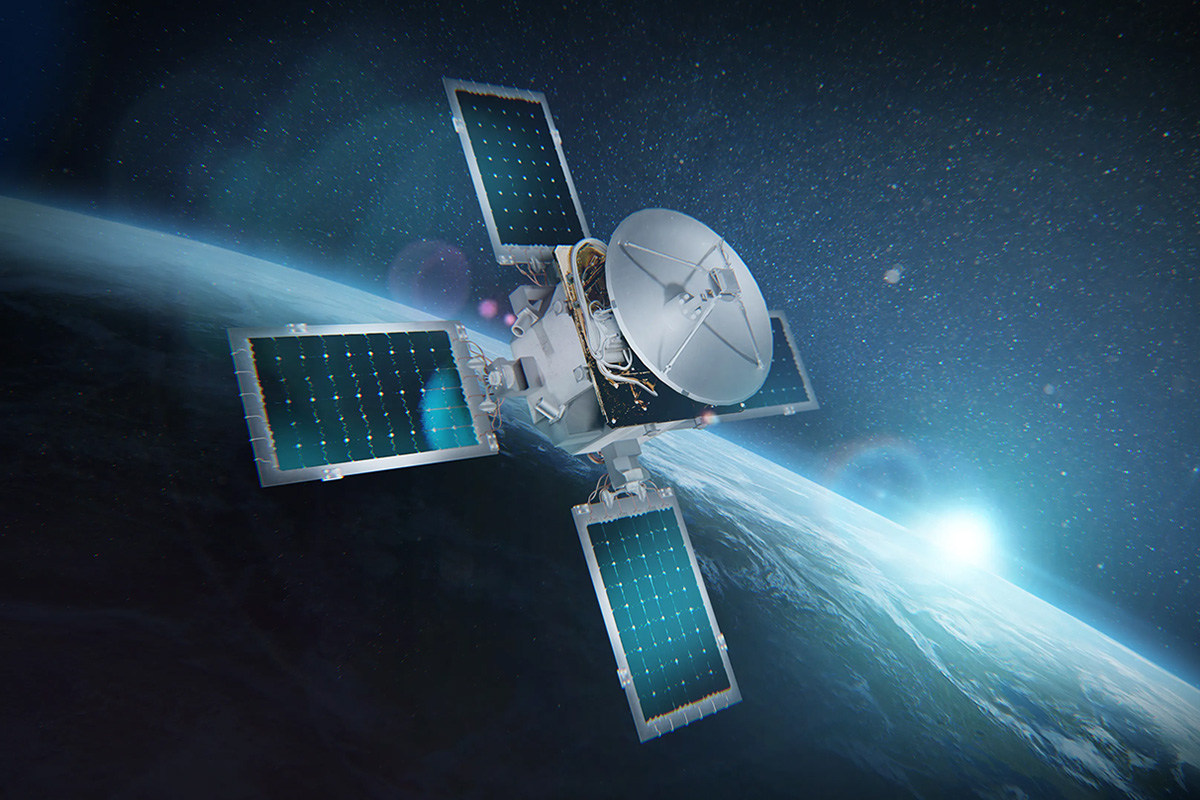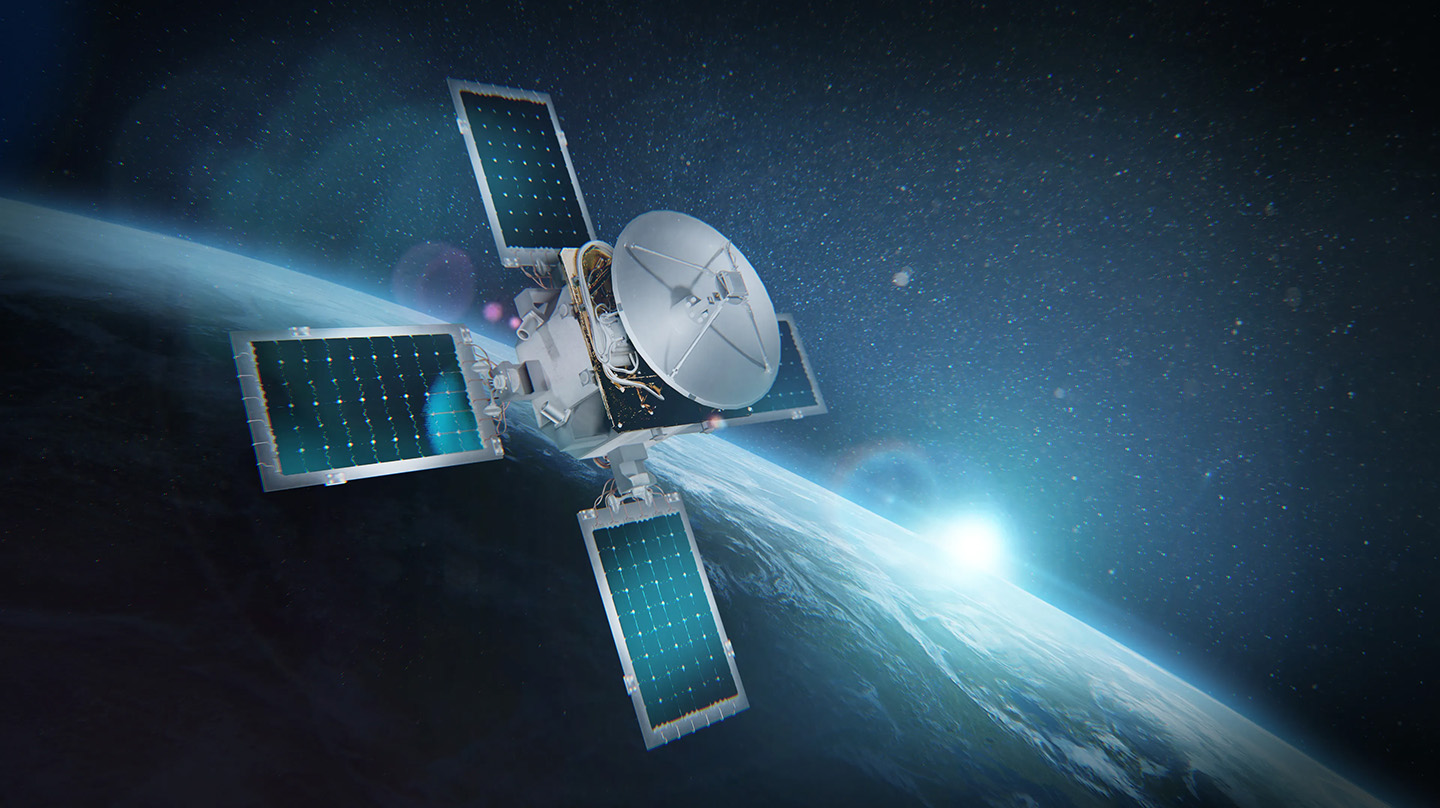About the Technology
Instrument Type
Terminal
Launching in 2025 as an on-orbit technology demonstration for NASA SCaN (Space Communications and Navigation), PExT will take an important step toward establishing a commercially backed communications infrastructure supporting government and commercial satellite relays.
The PexT demonstration complements the spacecraft’s communications subsystem, helping mission control operators track and communicate more efficiently with spacecraft while transmitting and receiving larger chunks of data at faster rates.
During the technology demonstration period, PExT will complete space communication relay services while roaming between NASA’s Tracking and Data Relay Satellites (TDRS), Inmarsat Government Inc.’s Global Xpress network, and SES Space & Defense’s mPower network.
PExT aims to demonstrate that spacecraft flying in low Earth orbit can connect to relay satellites running on commercial and government networks, interpreting various communications protocols and waveforms, such as Ka-band.
Along with increased connectivity, PExT will allow spacecraft to transfer increased data including high-resolution images at higher upload and download rates, improving mission efficiency.
The body-mounted, 0.6-meter antenna was successfully integrated on a York Space Systems S-CLASS bus in preparation for launch on a SpaceX Falcon 9 Transporter in July 2025.


